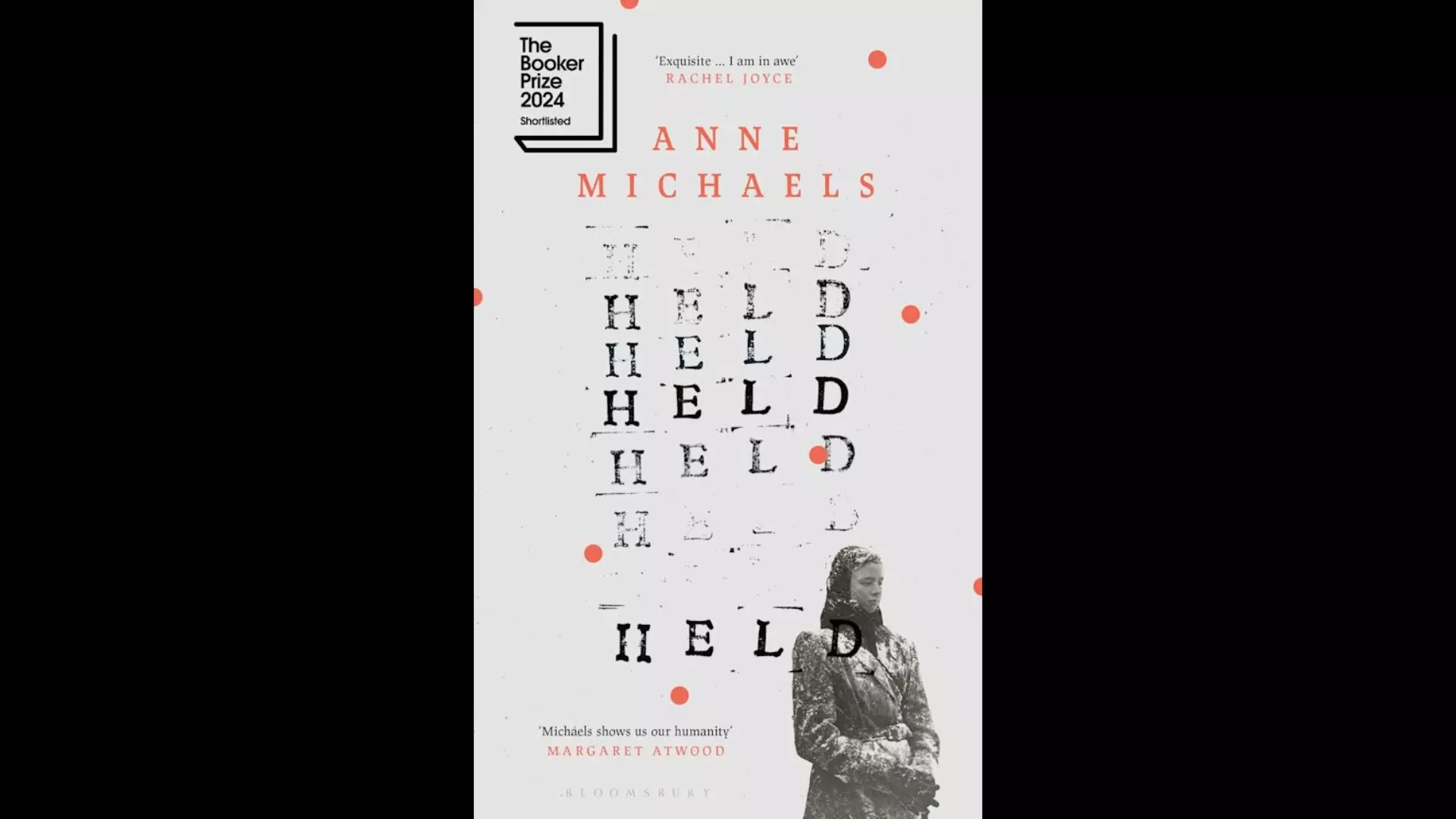Book Review | A masterful, minute study in intimacy

An injured soldier wakes up in a field of snow. It is 1917, gashes dug deep across the soul of Europe. Splayed on his back in the ice, his body and delirious mind somewhere between life and death, John is returned to memories of his wife, their first encounter. “How”, he asks, “could events of such fragile chance feel exactly like inevitability?”. The answer Anne Michaels proffers in this jewel of a novel feels like something of a thesis statement: “Faith uses the mechanism of doubt to prove itself. It is absence that proves what was once present.”
Michaels is a poet of formidable renown. Though it may feel trite to say, the lyricism of her work, the burnished brilliance of her sentences, bears this out over and over again. If one were to consider fiction as a series of micro-decisions — an accretive symphony — few can match the felicity of her prose. She constructs this novel as a collection of short, interconnected fragments — immaculate miniatures that move back and forth across locations and time with marvellous ease, the splinters of a history at once intimate and vast.
Like in Michaels’ previous works, themes of loss, love and history converge once more, served alongside an extended meditation on the image and its relationship to memory. Susan Sontag once called photography “a twilight art”, evidence of “time’s relentless melt”. Here, when John reopens his photo studio after the war, he discovers ghosts appearing in silver iodide, their “starlight” haunting the portraits.
He writes to Ernest Rutherford who, a hundred pages later and a decade in the past, investigates a séance with Pierre and Marie Curie. The scientists cuff the medium to electroscopes and galvanometers, studying infinitesimal changes in the orientation of her muscles, in the air of the room. They witness the curtains in the room part unprompted, a table rises in the air. Over and over again, the living world confounds the controlled explanations of science. The researchers eat their dinner bathed in the glow of a radium lamp. Borne along the tide of the twentieth century, when the distinctions between miracle and machine were encased still in relative haze, several generations of John’s family fall into similar entanglements — the metaphysics of longing, death and its half-life, the embryonic technologies of love and war.
“This was a new world”, writes Michaels, “with new degrees of grief, many more degrees in the scale of blessedness and torment.” She identifies moments of rupture in history which allow for these new degrees of love and pain to emerge with exquisite beauty; a soft-focus tenderness pervades the characters in this narrative. As we tumble into the century, the threads that connect them entangle evermore. Though the meditative languor of her prose does not betray it, the intensity of the novel crescendos into snapshots across decades. The years collide into a masterful, microscopic study in intimacy.
Held
By Anne Michaels
Knopf
pp. 240; Rs 799

